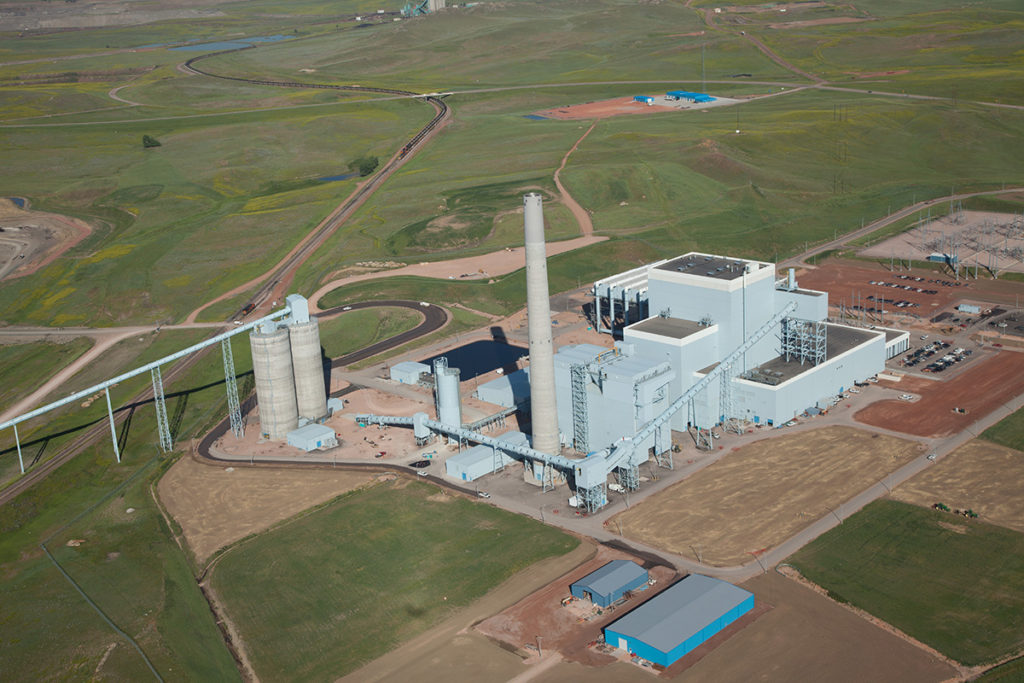
Basin Electric Power Cooperative’s Dry Fork Station is inching closer to adding carbon dioxide storage to its advanced coal technology, an action that could help control emissions and eventually lead to commercial uses for the compound.
The Bismarck, North Dakota-based generation and transmission co-op is working with the Wyoming CarbonSafe Project on Phase 3 of a multiyear research project examining the feasibility of long-term CO2 storage in reservoirs up to 10,000 feet below ground.
“If the Wyoming CarbonSafe project is proven feasible, Dry Fork Station will be one of the cleanest coal plants in America,” said Paul Sukut, CEO and general manager of Basin Electric. The University of Wyoming School of Energy Resources’ Center for Economic Geology Research is facilitating the project, which began in 2016.
Phase 3 of the project includes testing and data collection at the site, which could eventually hold up to 50 million metric tons of CO2 deposited through pumped storage over a 30-year period.
Previous research at the site has included feasibility studies, test-well borings and geological sampling. The current phase involves geological strata monitoring and site evaluation and meeting requirements for permitting essential to construction.
“Phase 3 will be the phase that tees up commercial operation at the study site,” said Scott Quillinan, director of the Center for Economic Geology Research.
Phase 3 work is being funded in part with a $15.4 million grant from the Department of Energy. The university and Basin Electric also contributed nearly $4 million.
Storage technology could eventually lead to commercial uses for CO2, a byproduct to fossil fuel combustion. Research under way at Dry Fork Station and other locations includes use of CO2 for enhanced oil and gas recovery and as an additive in construction materials, plastics and other products, officials said.
Dry Fork Station is one of the most modern coal plants in North America, and the G&T continues to invest in clean coal technology. Scrubbers collect 99% of the sulphur dioxide produced by the plant, and mercury and nitrogen oxide emissions are controlled with catalytic reduction, said Sukut. “To be able to extract the carbon dioxide and inject it would be the last step to make [Dry Fork Station] one of the cleanest coal plants in America.”
Derrill Holly is a staff writer at NRECA.